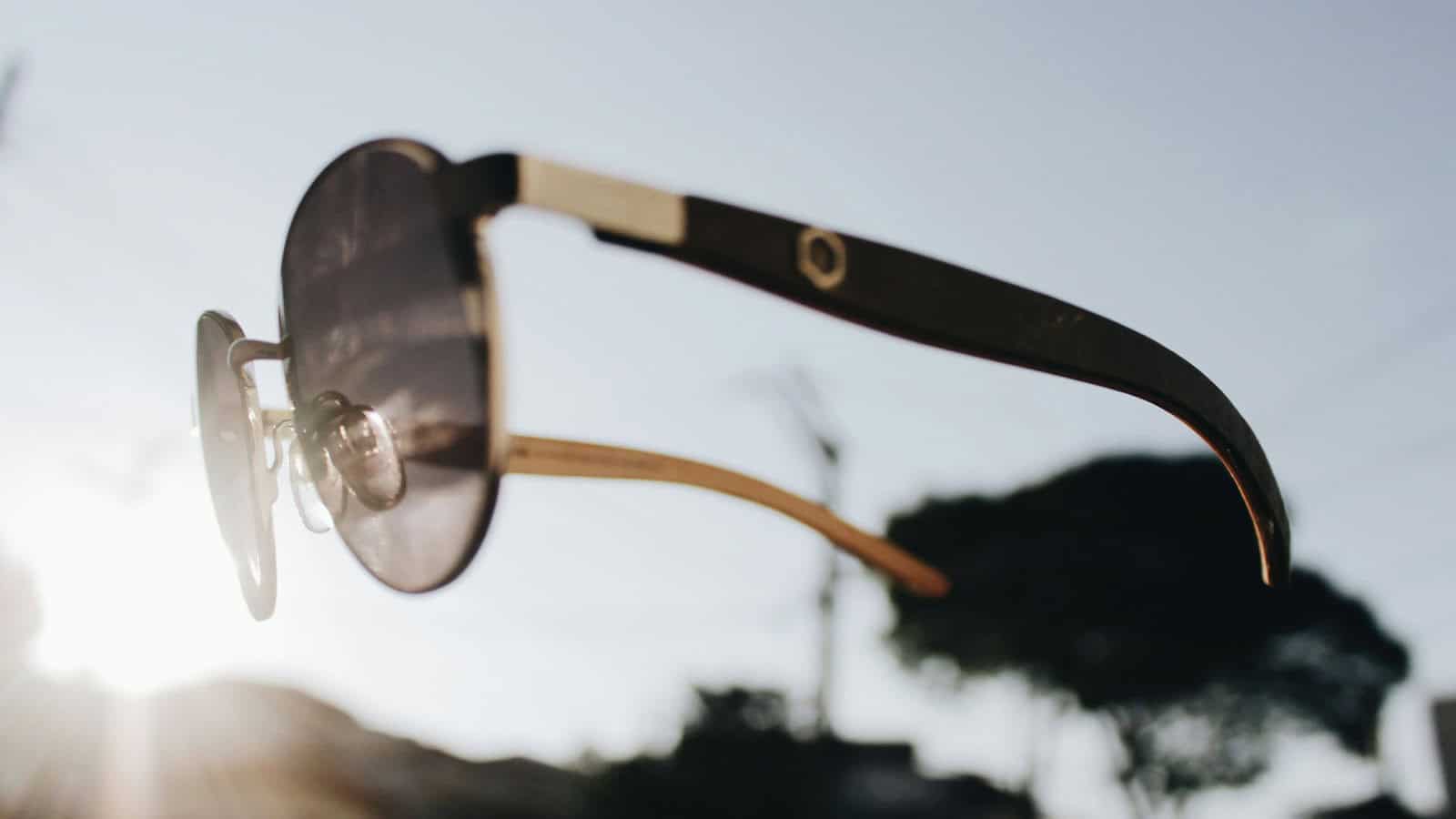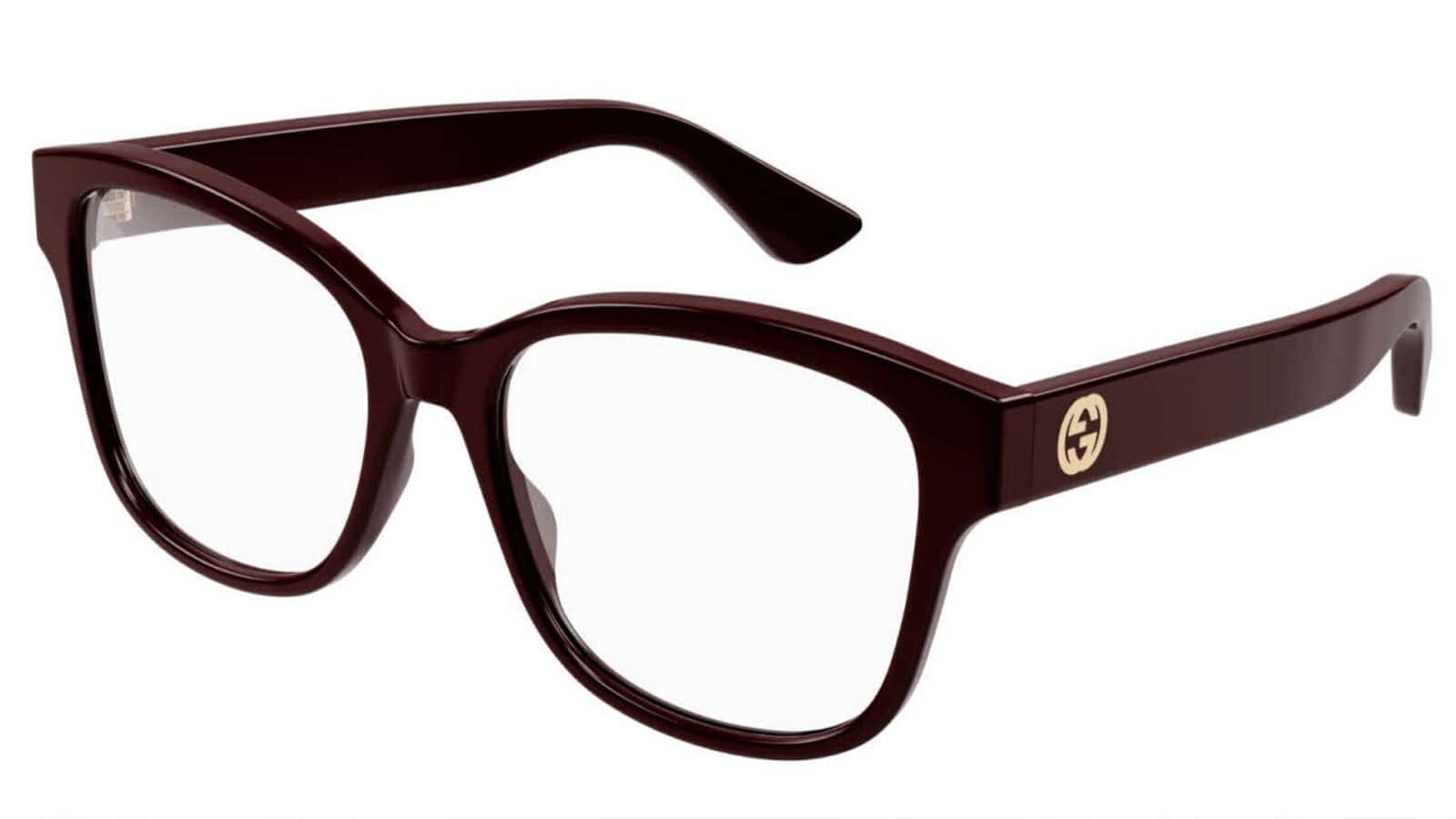Business
From AR displays to hypoallergenic frames, eyewear is evolving fast
New advances in eyewear are redefining wearable tech and driving global growth.

Just a heads up, if you buy something through our links, we may get a small share of the sale. It’s one of the ways we keep the lights on here. Click here for more.
Among the industries leveraging new tech and innovative solutions, the eyewear sector is experiencing particularly strong growth.
According to a Grand View Research report, the global eyewear market was valued at $183.36 billion in 2023 and is expected to grow further with an 8.3% CAGR from 2024 to 2030.
The same report mentioned that tech advancements and the increasing availability of eye care products are key factors behind the industry’s solid performance.
As technology progresses, game-changing innovations have optimized eyewear products to meet the growing vision needs of the global population.
From hypoallergenic frames and AR displays to new lens technology, several advancements are pushing the boundaries of eyewear design. Below, we take a look at eyewear innovations to look out for.
Hypoallergenic frames

Wearing glasses can sometimes cause irritation or allergic reactions among wearers with sensitive skin, leading to marks, redness, and discomfort.
These reactions can be especially likely when metals like nickel or specific dyes and solvents are used in frames.
However, thanks to advancements in frame manufacturing and materials, it’s now possible to create hypoallergenic glasses to avoid skin irritation.
Take Gucci prescription glasses, which feature classic styles like the GG1340O and GG0343O, which are made of lightweight, durable, and hypoallergenic frame materials like acetate.
These spectacles can also come in special lenses that suit diverse vision needs, including progressive and digital light protection.
By using materials with hypoallergenic properties, manufacturers can create corrective glasses for a wider audience without sacrificing users’ comfort.
AR glasses

Another exciting development in eyewear is the introduction of AR glasses. These glasses will have centrally positioned cameras that can display or project notifications, applications, and other vital data on the lenses.
The Oakley smart glasses, also known as ‘Supernova 2’, are set to pave the way for this wearable technology come 2027.
This exciting venture into wearable tech is a result of Meta’s sustained collaboration with eyewear conglomerate EssilorLuxottica, which previously released the commercially successful Ray-Ban Meta smart glasses with AI-powered features.
While the Ray-Ban Meta smart glasses are geared toward casual wearers, the Oakley smart glasses will be focused on athletes and outdoor enthusiasts.
Special lens treatment

Studies show that Neurolens technology can reduce headaches and eye strain symptoms, which is crucial for glasses wearers who spend long periods in front of digital screens and have a higher risk of eye fatigue.
Neurolens technology is a prescription lens that utilizes contoured prism tech to detect and correct eye misalignment. These lenses are specially designed to reduce eye strain symptoms and are suitable for extended wear.
Research shows that a Neurolens correction lens prescription can provide a high level of relief for eye fatigue symptoms, with 83% of patients reporting symptom improvements.
Smart contact lenses

Another breakthrough in eyewear technology is the development of smart contact lenses.
According to a Tech Times article, researchers developed contacts capable of monitoring the eye’s intraocular pressure (IOL) in real-time, enabling eye care professionals to detect early signs of glaucoma effectively.
The wireless measuring contact lens enhances quantitative IOP monitoring through a dual inductor-capacity-resistor resonant system.
Irregular IOP levels can be an early indicator of glaucoma, making detection particularly crucial.
This advancement can improve the diagnosis and treatment of vision problems, which is crucial in mitigating eye issues worldwide. Recent breakthroughs in eyewear are shaping the future of wearable technology.
These game-changing innovations are pushing the boundaries of eyewear design, providing opportunities to create more advanced vision care solutions in the long run.
What are your thoughts on these new advances in wearable technology? Drop us a line below in the comments, or carry the discussion to our Twitter or Facebook.
Editors’ Recommendations:


































